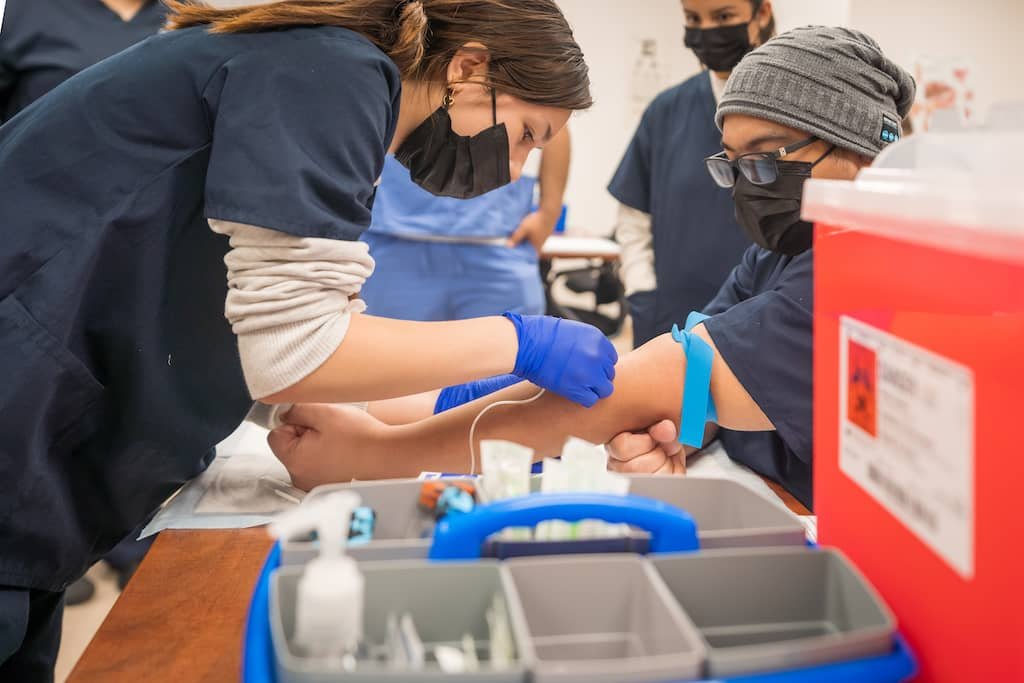Regulating the Safety and Effectiveness of Medical Devices in Hospitals: The Role of the FDA and Hospitals
Summary
- The FDA plays a crucial role in regulating the safety and effectiveness of medical devices used in hospitals in the United States.
- Medical devices must undergo a rigorous evaluation process before they can be approved for use in hospitals.
- Hospitals must ensure compliance with FDA Regulations to ensure patient safety and quality of care.
Introduction
Medical devices are essential tools in hospitals, used to diagnose, monitor, and treat patients. The safety and effectiveness of these devices are paramount to ensure the well-being of patients. In the United States, the Food and Drug Administration (FDA) is responsible for regulating medical devices to ensure they meet necessary standards. This article will discuss how the FDA regulates the safety and effectiveness of medical devices used in hospitals in the United States.
Regulatory Process for Medical Devices
The FDA regulates medical devices under the Federal Food, Drug, and Cosmetic Act. Medical devices are categorized into three classes based on the level of risk they pose to patients:
- Class I: Low-risk devices such as bandages and tongue depressors.
- Class II: Moderate-risk devices such as infusion pumps and surgical gloves.
- Class III: High-risk devices such as pacemakers and implantable defibrillators.
Pre-market Approval Process
Medical devices that are deemed to be high-risk (Class III) must undergo a pre-market approval (PMA) process before they can be marketed and sold. This process requires manufacturers to provide extensive data and evidence to demonstrate the safety and effectiveness of the device. The FDA reviews this information to determine whether the device meets the necessary standards for approval.
510(k) Clearance Process
Most medical devices fall under the Class II category and are subject to the 510(k) clearance process. Manufacturers must demonstrate that the device is substantially equivalent to another legally marketed device (predicate device) to receive clearance. This process is faster and less rigorous than the PMA process but still requires manufacturers to provide sufficient evidence of safety and effectiveness.
Post-market Surveillance
Once a medical device is approved or cleared for marketing, the FDA continues to monitor its performance through post-market surveillance. This ensures that any issues or safety concerns that arise after the device is on the market are promptly addressed. Hospitals are required to report adverse events related to medical devices to the FDA to help improve patient safety.
Role of Hospitals in Device Management
Hospitals play a critical role in ensuring the safety and effectiveness of medical devices used in patient care. Some of the key responsibilities of hospitals in device management include:
- Implementing policies and procedures for the proper use and maintenance of medical devices.
- Training healthcare staff on the correct use of devices and monitoring for any potential safety issues.
- Participating in recalls or safety alerts issued by the FDA to remove defective devices from use.
- Maintaining accurate records of device use and maintenance to ensure compliance with regulatory requirements.
Challenges in Medical Device Regulation
While the FDA plays a crucial role in regulating medical devices, there are challenges in ensuring the safety and effectiveness of these devices. Some of the key challenges include:
- Rapid technological advancement leading to a proliferation of new devices with varying levels of risk.
- Shortage of resources and expertise to effectively regulate the growing number of medical devices on the market.
- Complex supply chains and global manufacturing processes that make it difficult to track the origin and quality of devices.
- Lack of interoperability between devices from different manufacturers, leading to potential safety issues for patients.
Conclusion
The FDA plays a crucial role in regulating the safety and effectiveness of medical devices used in hospitals in the United States. Through rigorous evaluation processes and post-market surveillance, the FDA ensures that medical devices meet necessary standards for patient safety. Hospitals must also take responsibility for device management to ensure compliance with FDA Regulations and maintain quality patient care.

Disclaimer: The content provided on this blog is for informational purposes only, reflecting the personal opinions and insights of the author(s) on the topics. The information provided should not be used for diagnosing or treating a health problem or disease, and those seeking personal medical advice should consult with a licensed physician. Always seek the advice of your doctor or other qualified health provider regarding a medical condition. Never disregard professional medical advice or delay in seeking it because of something you have read on this website. If you think you may have a medical emergency, call 911 or go to the nearest emergency room immediately. No physician-patient relationship is created by this web site or its use. No contributors to this web site make any representations, express or implied, with respect to the information provided herein or to its use. While we strive to share accurate and up-to-date information, we cannot guarantee the completeness, reliability, or accuracy of the content. The blog may also include links to external websites and resources for the convenience of our readers. Please note that linking to other sites does not imply endorsement of their content, practices, or services by us. Readers should use their discretion and judgment while exploring any external links and resources mentioned on this blog.
